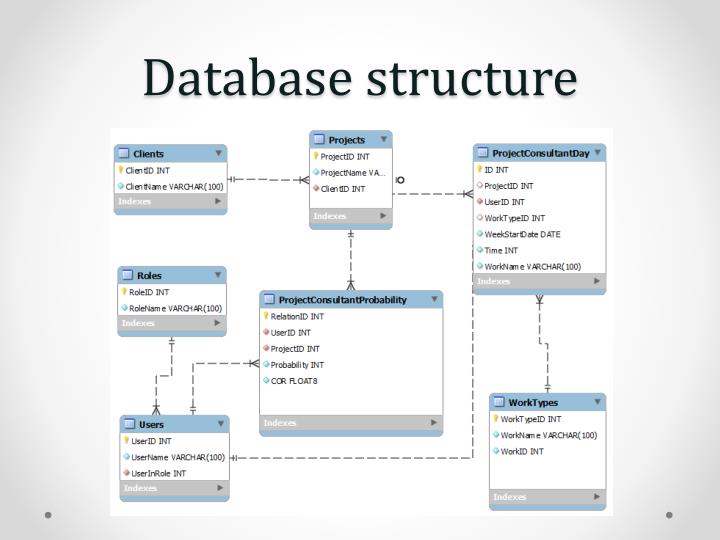How Does Earthquake San Diego Affect The Region?
The reason for the Earthquake San Diego is the movement of tectonic plates beneath the Earth’s surface. San Diego boasts stunning landscapes and vibrant communities along the Pacific Coast in Southern California. However, beneath its idyllic surface lies a geological reality: the region is susceptible to earthquakes. Let’s explore the Earthquake San Diego and understand the seismic impact on the area.
Tectonic Forces at Play:
San Diego sits atop the complex intersection of multiple tectonic plates, making it prone to seismic events. The primary culprit behind Earthquake San Diego is the notorious San Andreas Fault, a major geological boundary where the Pacific and North American plates converge. Additionally, the nearby Rose Canyon Fault adds to the seismic risk, further pointing up the importance of earthquakes San Diego.
Historical Seismic Events:
Over the years, San Diego has experienced its fair share of seismic activity, ranging from minor tremors to more significant earthquakes. One notable event occurred in 1852 when a powerful earthquake, estimated to be around magnitude 7.0, struck the region, causing widespread damage and shaking. While seismic events of this magnitude are relatively rare in San Diego, they are a stark reminder of the region’s vulnerability to earthquakes.
Monitoring and Preparedness Efforts:
San Diego employs robust monitoring and preparedness measures to mitigate the impact of earthquakes. The Southern California Seismic Network, operated by institutions such as the U.S. Geological Survey (USGS) and the California Institute of Technology (Caltech), continuously monitors seismic activity in the region, providing valuable data for early warning systems and emergency response efforts.
Community Resilience and Response:
In the face of seismic uncertainty, the residents and local authorities remain vigilant and proactive in their earthquake preparedness efforts. Community outreach programs, educational workshops, and drills are crucial in raising awareness and empowering individuals to respond effectively during an earthquake. Additionally, partnerships between government agencies, nonprofit organizations, and community groups strengthen the region’s resilience and response capabilities.
Mitigating Risk: Building Codes and Infrastructure
San Diego’s commitment to seismic safety is evident in its stringent building codes and infrastructure standards. Engineers and architects incorporate seismic-resistant design principles into new construction projects, ensuring that buildings and infrastructure can withstand the forces of an earthquake. Retrofitting efforts for older structures further enhance the region’s resilience, reducing the risk of catastrophic damage during seismic events.
Looking Ahead: The Future of Seismic Preparedness
As San Diego continues to evolve and grow, so must its approach to earthquake preparedness. Embracing innovation and technology, such as early warning systems and seismic retrofitting techniques, will reduce the region’s earthquake vulnerability. By fostering a culture of resilience and collaboration, San Diego can navigate the seismic challenges ahead with confidence and determination.
Earthquake San Deigo Significant impact:
| Date | Magnitude | Location | Impact |
| Jan 9,1857 | 7.9 | Fort Tejon | Significant damage reported across Southern California |
| Apr 4,2010 | 7.2 | Baja California | Felt in San Diego, causing minor damage and power outages. |
| Oct 16,1999 | 7.1 | Hector Mine | Shaking felt in San Diego, but no significant damage. |
| Jun 28,1992 | 7.3 | Landers | Strong shaking felt in San Diego, with minor damage reported. |
| Apr 4, 2010 | 7.2 | Baja California | Felt in San Diego, causing minor damage and power outages. |
FAQs
Q1: What causes earthquakes in San Diego?
A: The reason for Earthquake San Diego by the movement of tectonic plates beneath the Earth’s surface. The region is near the intersection of several major fault lines, including the San Andreas Fault and the Rose Canyon Fault. When these tectonic plates shift or collide, they generate seismic waves that result in earthquakes.
Q2: How often do earthquakes occur in the San Diego area?
A: The frequency of earthquakes San Diego varies, but the region experiences numerous small tremors each year. While more significant earthquakes are less common, remaining prepared for seismic activity at any time is essential.
Q3: What should I do to prepare for an earthquake San Diego?
A: To prepare for an earthquake San Diego, it’s crucial to have an emergency plan in place. This plan should include identifying safe locations in your home or workplace, assembling an emergency kit with essential supplies, and familiarizing yourself with evacuation routes. Securing heavy furniture and appliances can also help minimize damage during an earthquake.
Q4: Are there any warning systems in place for earthquake San Diego?
A: There are early warning systems in place to provide residents with a few seconds to minutes of advance notice before the shaking from an earthquake reaches their location. The ShakeAlert system, operated by the USGS and other agencies, utilizes a network of seismometers to detect earthquakes and send alerts to smartphones and other devices.
Q5: How can I stay informed about earthquake activity in the San Diego region?
A: Staying informed about earthquake activity in San Diego is essential for preparedness. You can receive updates and alerts from local news outlets, government agencies, and organizations such as the USGS. Additionally, downloading earthquake monitoring apps and following reliable sources on social media can help you stay informed in real-time.
Conclusion:
In conclusion, earthquakes San Diego are an inherent part of the geological landscape, necessitating a proactive and comprehensive approach to preparedness and response. By understanding the tectonic forces at play, investing in monitoring and preparedness efforts, and fostering community resilience, San Diego can mitigate the impact of seismic events and emerge more robust and resilient in the face of adversity.






